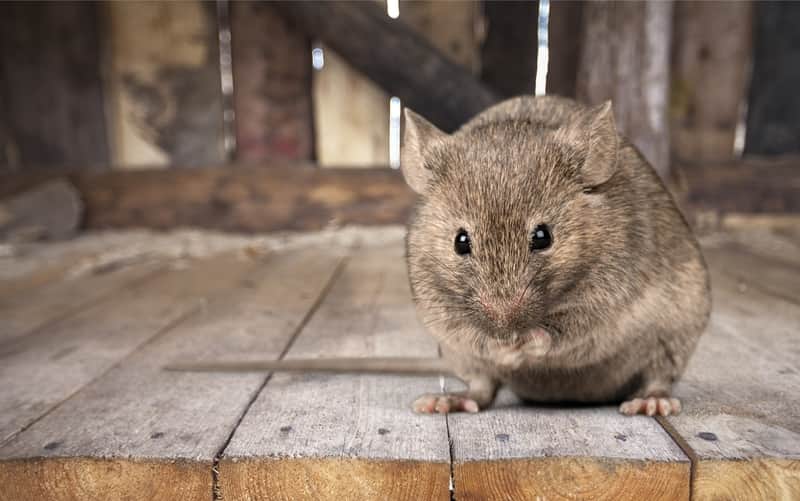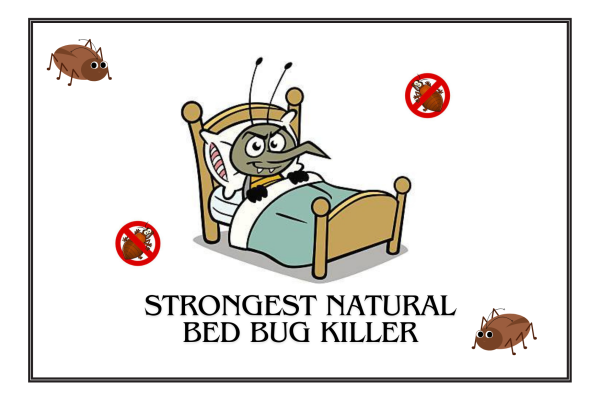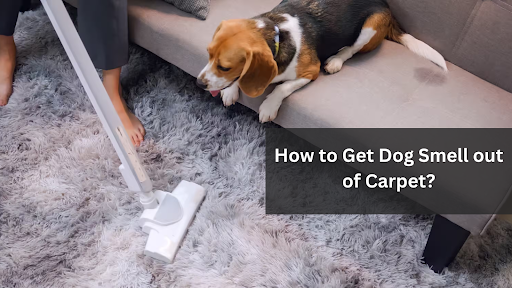Do you hear strange sounds coming from the upper floor? Rats moving throughout your house and attic may cause you to notice shuffles or scrambling sounds. Rats often make noises like nibbling and eating, especially in the attic. Rodents like us and find it interesting to observe our daily lives. They thrive in our vicinity and become a nuisance if allowed to nest for too long. They may destroy the partitions and access the loft via the plumbing. It is better to catch these rodents in the attic early enough. You may eliminate them without much effort and expense. In this article, you will learn how to get rid of rats in attic with successful methods and strategies.
Table of Contents
Indicators that you may have a rat in your attic
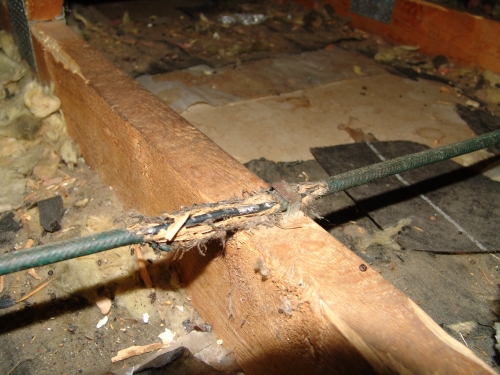
Sounds in the attic as scurrying or scratching could indicate that rodents are present. There is a significant possibility that rat feces or pee contaminates the flooring of your attic. Also, you might discover dirt and filth on the surface and beneath the insulating layer. Rats love the pitch-dark, silent, and frequently adequately insulated conditions found in rooftops and attics, making them ideal for brooding and growing. Since, the vast majority of rats are capable of climbing. Another telltale sign that rats can be a problem in your home is if the wiring and plumbing show signs of having been chewed on. Hence, the entry of rats into the attic space can result in damage like the splitting of insulators and the loss of roofing.
How to get rid of rats in attic?
Perform a thorough examination of your property
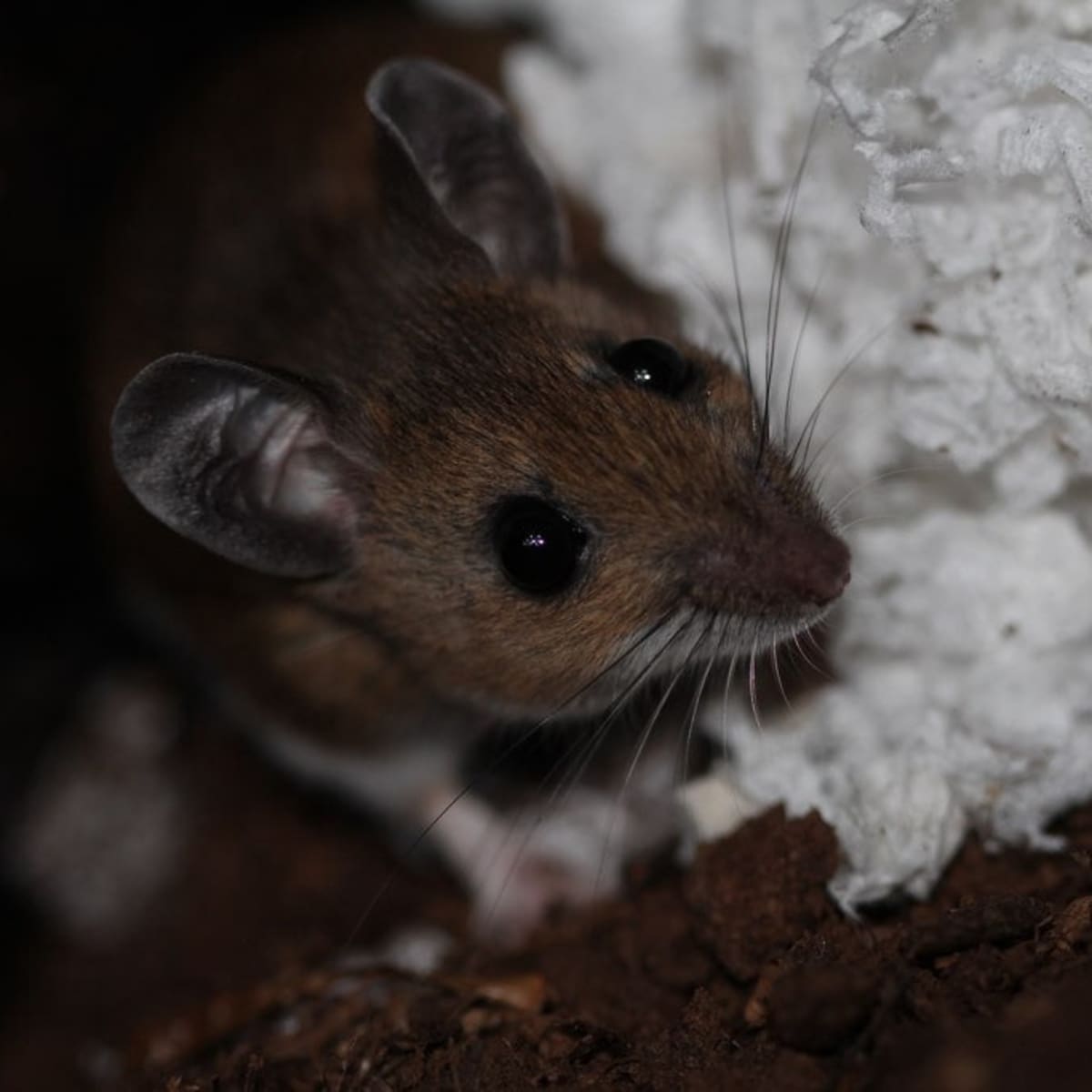
Conducting in-depth inspections is the first step in developing a strategy to eliminate rat populations. Make sure that the attic, as well as the rest of the house, is thoroughly checked. Locating the areas where the rats have made their nests is the first step in getting rid of them. It is necessary to search the attic, but you should also look for the other areas of the house. It is irrelevant how many rats are living in the roof space.
- If there are more than one rat, more rat traps will need to be put up.
- A thorough exterior inspection is required, with a particular focus on the roof and any obvious entry points.
- In addition, you need to inspect the inside of the attic for any indications that rats may be living there.
- Finally, a thorough rat inspection will reveal whether attic rats or any other kind are to blame for the issue.
You will be better able to eradicate the rats from your attic once you know what kind you are up against. That way, you may fine-tune the locations of your traps. For rats to get into your home, they’d need a way up there. Furthermore, you can find these issues after a careful inspection. Look for the fascia and the places where it joins the roof. Inspect for missing or damaged shingles, rooftop vents, water lines, or cracks. If you want to rat-proof the premises, the first step is to seal up all the entry points. As you investigate, pay close attention to the areas with the most poop. These may provide hints about the places they frequent.
Restricting the infestation of rats
The most effective method of preventing rat infestation is restriction. It’s a vital method for eradicating rodent populations. Blocking their usual entry points will prevent the rats from reentering the building. Since rats are often bigger than mice, it is simpler to prohibit them from their holes. A mouse can squeeze through a split that’s only 5/8 of an inch wide. Cover any gaps that are more than 1/4″ in size to prevent rodent entry. All holes larger than 1⁄2 inch must be caulked to keep rats out.
A half-inch gap is all that’s needed for an attic rat to enter a building or home. If the entrances, exits ventilation holes, or panels are not correctly fixed or fit, they could be able to pass through. Implementing the right precautions will significantly lessen the access points for rodents. If you don’t address the underlying issue, the project will fail. High-quality fixes should be used to plug up the entry points. The issue will arise once more if the fix is shoddy.
- Caulk, wood fiber, wire mesh, or alternative suitable materials should be used to seal any gaps bigger than a quarter inch.
- Fill up the spaces where pipelines enter the house with copper netting. To make a barrier that can’t be chewed through, combine copper netting with plaster.
- Change out any overly-sized flood drains.
- Examine the fit of all window and doorway screens. If you need to, you can use door sweeping. Replace or make improvements to any damaged doors or panels. To stop rats from slipping under doors, install a door sweeper and kick bars.
Think about all the ways rodents could enter your home. You need to figure out how to close it. Rats can fit through a hole no bigger than your thumb. Therefore, it is essential to consider their size. Inspect the repaired hole or crack every month to make sure it is holding. Hence, annual home inspection is imperative to locate potential entry points.
Sanitize the entire property
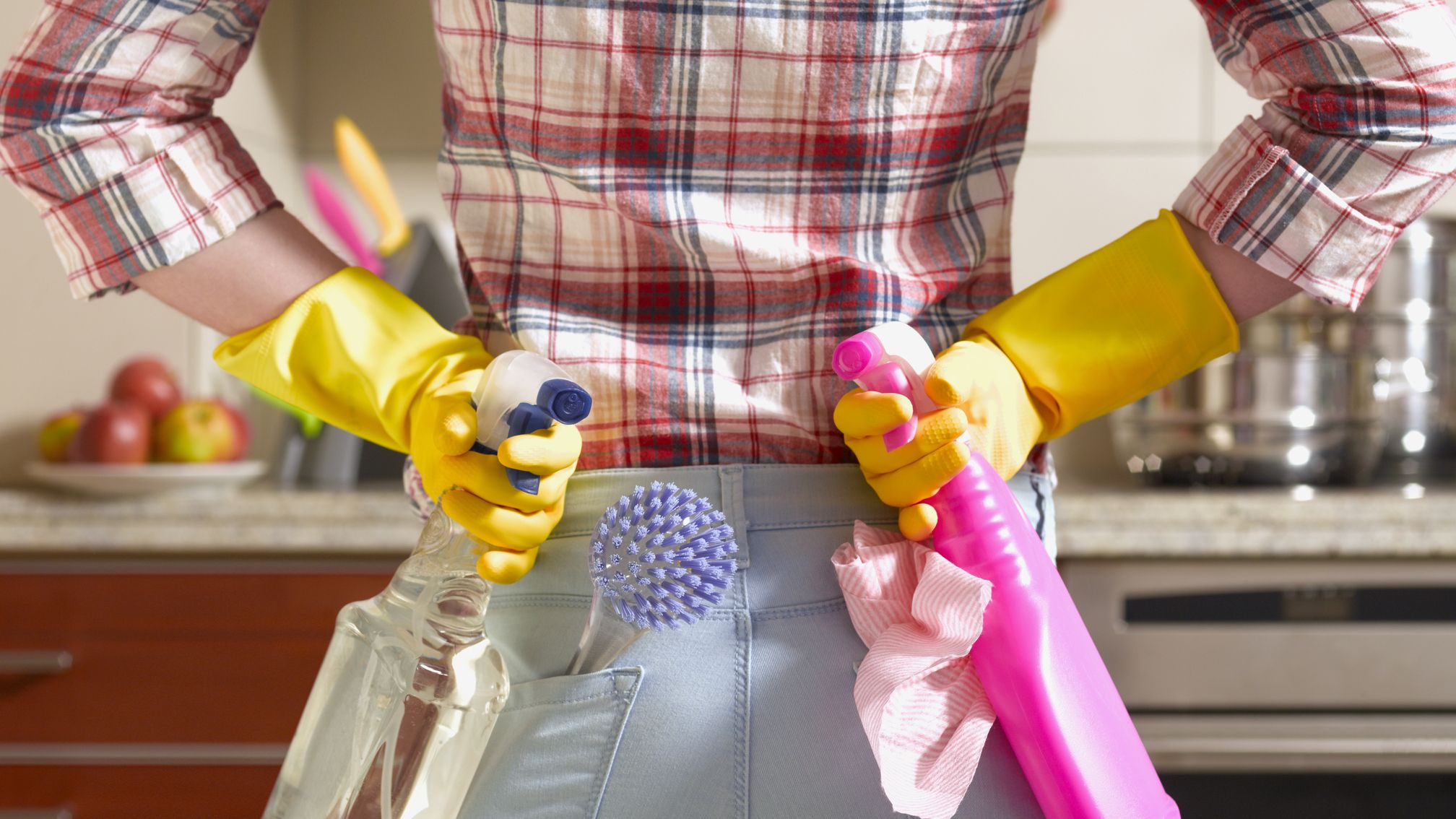
The most efficient method of preventing roof rats from entering a building. Sanitation measures are used to eliminate any current pests. Thus, roof rats need access to water and foodstuffs to survive. They will only settle in areas with convenient access to nourishment and hydration. Hence, keep perishables in airtight metal or polyester boxes. The cardboard containers should never be used to store food. They are chewed through very readily. Therefore, get rid of the pile of junk mail or cardboard boxes. They are the possible nesting material for rats. Furthermore, pick up the grass cuttings, pull the unwanted plants, and clean up the yard. Lastly, a rat inspection will tell you if you’ll be handling Norwegian rats or attic rats. You can then readjust the locations of your traps.
- Keep your trash cans clean by washing them with hot water alongside soap regularly.
- Keep all garbage inside or in outside boxes with secure lids. Don’t let the trash pile up and schedule regular trash pickups.
- Always use sealed bags for storage of animal feed, including dog food. The pet’s food and water should not be left out any longer.
Infestations of rats in attics can wreak havoc. They’re free to start defecating and shedding disease-causing organisms across the place. When hunting for a place to build homes, attic rats gnaw on anything they can get their teeth on
Setting traps in the infested area
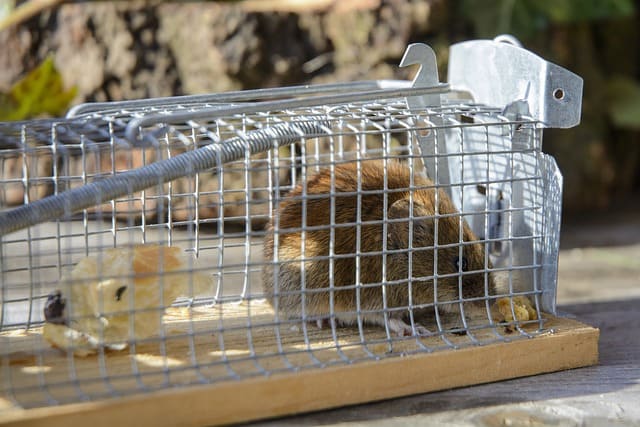
The diseases they spread make roof rodents a severe problem. They are destructive pests that may gnaw through cables, pipes, and even wood. When you are sure that roof rats are present, look for the steps for how to get rid of rats in attic. There is no need for poisons when you capture the rats, and you can be sure that the rats died at a specific time. Because of its efficiency and versatility, snapping hooks are the best choice. Set them up so that the long sides are vertical to the surface. Since rats tend to run along walls, they’ll inevitably trip over the traps when they do so. Rat baits must be in a parallel position with sidewalls along trails and places where rodents often go. For maximum effectiveness, ensure the access point is vertical to the partition.
- Put two traps side by side if you’re using that many. Hold them perpendicular to the surface of the wall, trigger side out. When the traps catch rats, you can throw them away or take them outside. It is possible to reset the rat trap.
- Make use of a variety of food lures. Rotate them out frequently to match the rats’ diet.
- Put your traps in highly trafficked places to maximize their effectiveness. Check the areas behind gadgets, beneath furniture, and along corners for storage. You can use the rodent poop to pinpoint where the rodents have congregated. Separate your traps by at least 20 to 25 feet.
Scrubbing and Cleaning the attic
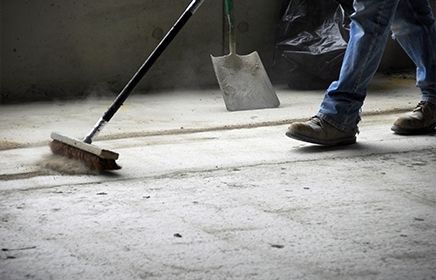
Having rodents around can be a hassle. These attic rats can ruin your home insulation system due to nest construction, tunneling, and contamination by these pests. When rats damages the insulating material in the attic, it can reduce the home’s efficiency. Dangerous bacteria and viruses can thrive in human urine and feces. Inhaling airborne germs is a real possibility. A rodent infestation poses a significant threat to human health if left unchecked. Germ-positive bacteria and other hazardous microbes can thrive in the nesting materials and feces of rats and other rodents. Cleaning up after rats necessitates the use of safety equipment.
- Unlock every single nearby entrance and exit for at least a half hour before starting to clean. It enables a constant supply of clean air throughout the building.
- Depending on the severity of the situation, you could have to substitute all or some of the insulating materials. Repairing or replacing the insulating material in the attics after a mouse problem is necessary.
- A rat colony poses a greater threat than one rodent. In the process of making nests and leaving tracks, they destroy thermal insulation. The partitions and ceilings around a rodent infestation may become contaminated with its waste. It can result in noxious odors and unsightly stains.
Once rats have made your home their nesting ground, they present a threat. If a rat feels threatened, it may act aggressively. Given that rodents like rats are nocturnal. Families’ worries about coming across a rat in their kitchen. There is a wide variety of illnesses and viruses that rats can transmit. If transmitted to homeowners, they can cause major illnesses. In addition, sharing a home with rats and comming across their droppings might make you sick.
Final words
Those troublesome mice in the loft can go away with careful planning. These are effective and secure ways to get rid of rats in the attic. In the long run, rat infestation won’t be a problem for your home. Always keep the previously mentioned strategies in mind when you look for how to get rid of rats in attic. It’s something you can accomplish yourself, or contract out to an expert. It is a complex task. If you find out that there are rats in the attic, it’s time to search for how to get rid of rats in attic. They’ll do further harm if you don’t get rid of them. You must humanely remove them for the animals’ sake. Don’t treat the task lightly. If you take the correct steps, you can exterminate the rats in your attic.
Arpita Das Gupta hails from the City of Taj Mahal, Agra; decided to become a full-time writer after quitting her job at a multinational organisation to pursue her dream. For the last six years, she has written on many aspects of modern life. Has a passion for writing about wellness, nutrition, culinary cultures, and everything in between. Also attended Integral University in Lucknow, where she earned a Bachelor of Technology degree in Electronics and Communications. Reading, traveling, trying out new recipes, and spending time with her kid are some of the favorite things to do.

